A brief rundown of MeBeSafe
What is MeBeSafe really about?
A General Assembly meeting is a great occasion to let fellow researchers in on what is going on in the project. And a brief summary of that meeting is an ever greater way for anyone to get an overview of the project. Behold!

Researcher after researcher stepped up in the bright top floor hall at Hotel Cristina to translate their work into words. As enthralling as the results were, curtains were nevertheless necessary to keep the majestic view of Mount Vesuvius and the Bay of Naples out of the room. There was work to be done.
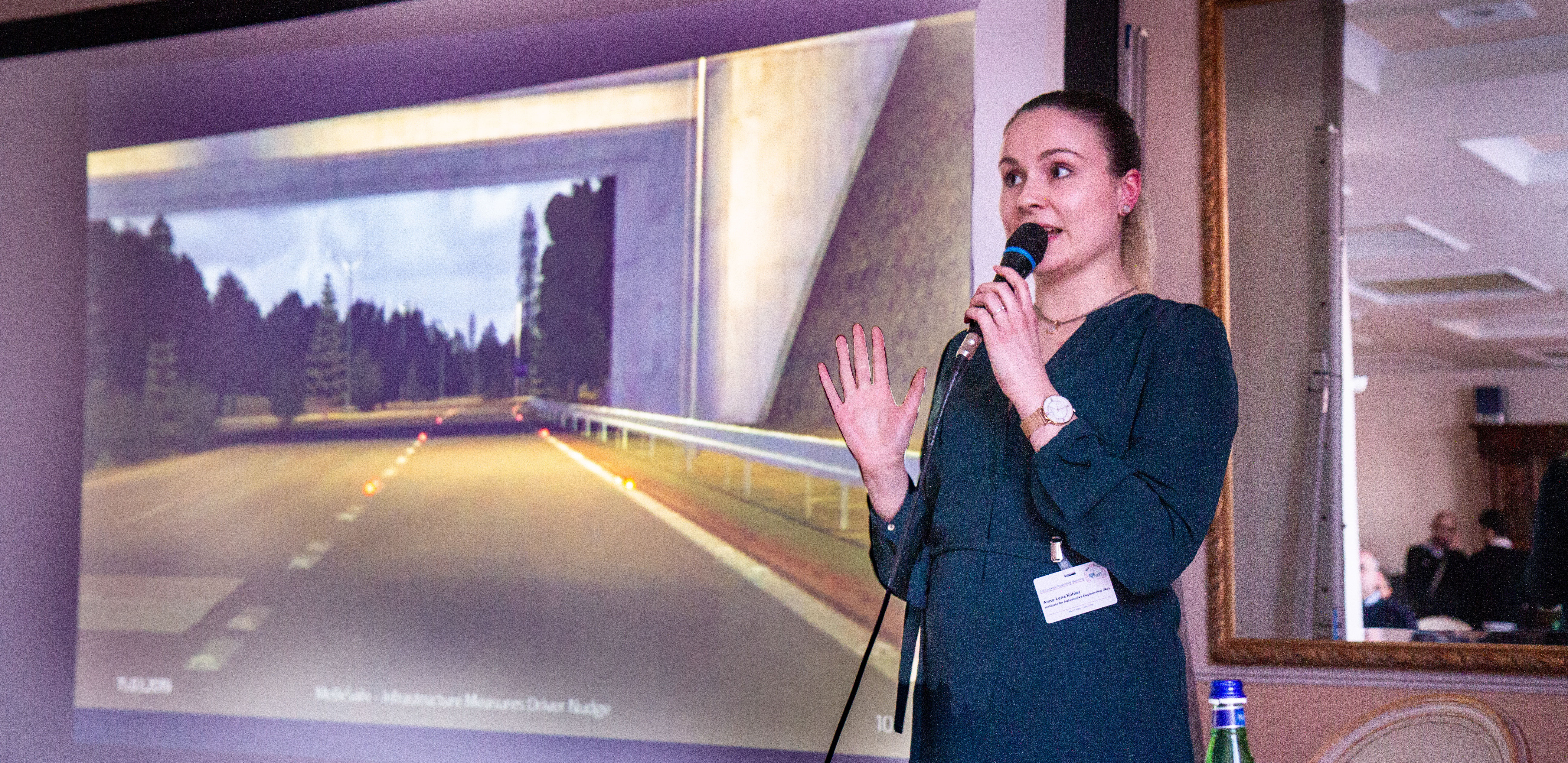
Anna-Lena Köhler from ika eloquently described a variation of an infra driver nudge, which will give drivers an illusion of increased speed by lighting up lamps in a row so that it looks like the light is moving towards the driver. The already promising results will be complemented by further studies on how light could affect trajectory directly, and why it actually works to nudge people this way.
While Felix Fahrenkrog from BMW is still running simulations on how this will affect the likelihood of a crash, Vincent de Waal and his team from Heijmans have developed the decision control logic on when to activate the nudge based on driver behaviour and are preparing to put the system into real world by the end of May. ISAC will then be involved in the measurements, and have previously developed underlying algorithms for detecting vehicle speed and position from multiple thermal cameras. Read more about this nudge here.
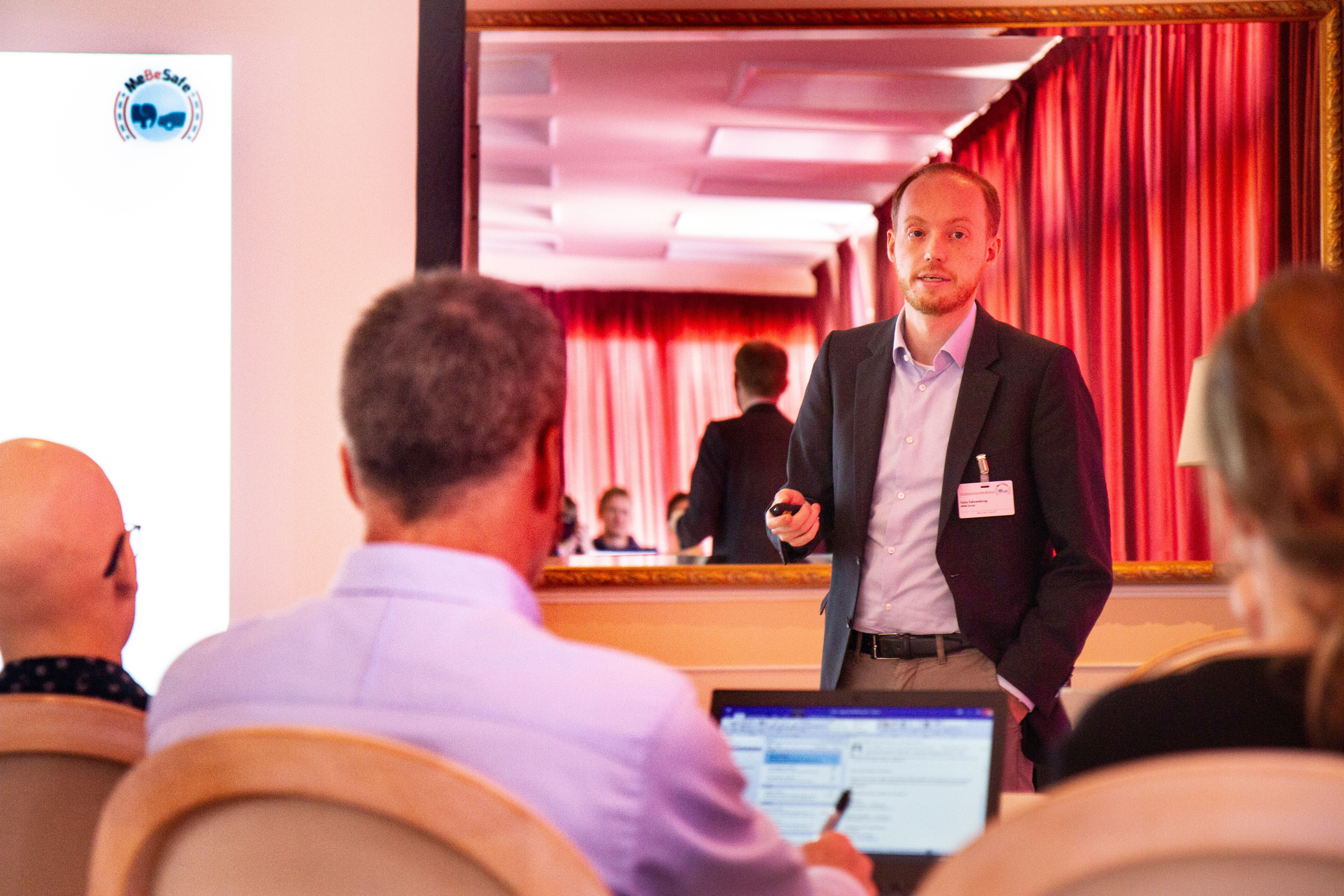
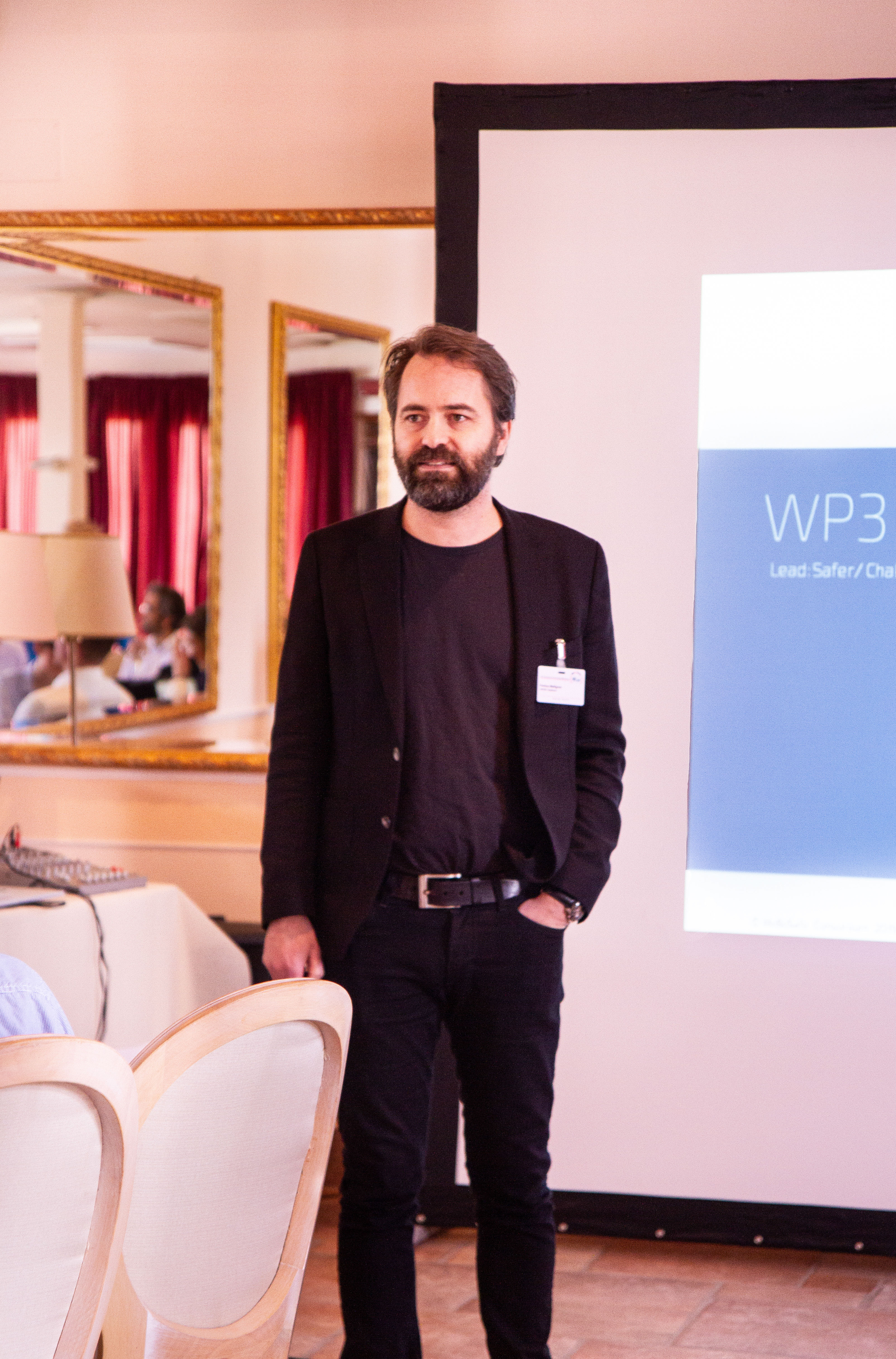
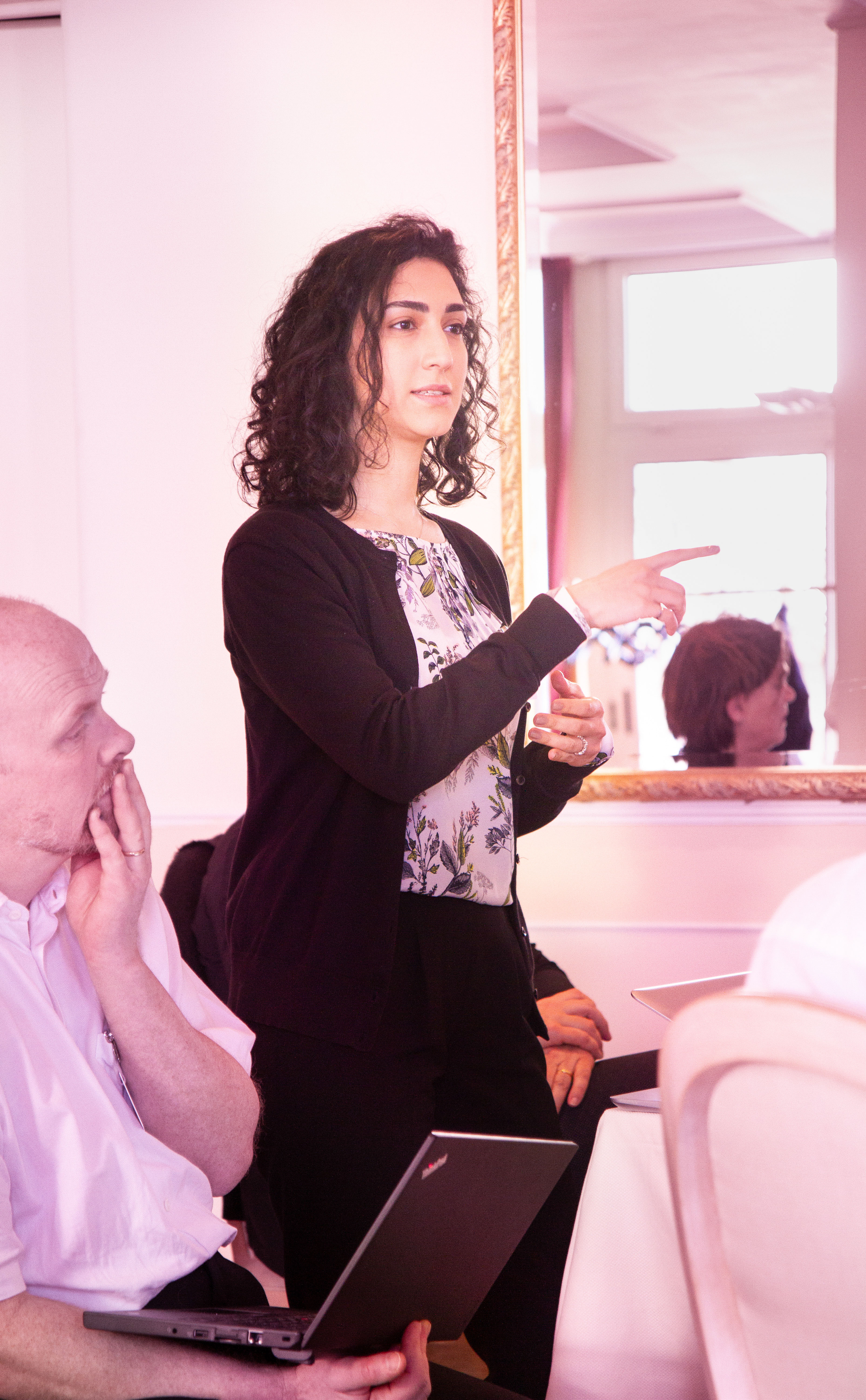
A few cyclist nudges have been tested in real life, and it seems possible to affect cyclist speed before intersections simply by using non-haptic stripes on the road. Pontus Wallgren from Chalmers was blatantly delighted with the cherished visual nudges being more effective than rumble stripes currently used on biking lanes; which are also universally disliked by cyclists. The simple stripe approach could also be used to steer cyclists right in difficult situations, as Matin Nabavi Niaki from SWOV clearly demonstrated. Read more about this nudge here.
An interesting thought was raised regarding whom the traffic nudges actually aim for. The light nudges have the advantage that they can be active for speeders only, whereas stripes have the high end on simplicity.
While the desire is to affect all fast drivers, the nudges will likely appeal most to the mindless ones; those not aware of their speeding. Of course others may be tricked by the illusions as well, but if you really want to go speeding there is nothing that can stop you. And this is, after all, the basic core of a nudge. A small and gentle push in the right direction that you still can avoid if you want. Nudges are not mandates, and classically they are totally subconscious.
There are however a few nudges appealing to the conscious decision-making, called type 2-nudges after the reasoning type 2-system present in the brain. Olaf Op den Camp from TNO described one of these, an in-vehicle nudge aiming to make car drivers more aware of cyclists in real-time scenarios; especially when the view on the cyclist is obstructed.
The exact look and feel of the in-vehicle nudge to warn car drivers for cyclists was designed by OFFIS and is evaluated at this very moment in a CRF simulator. Later on, it will be built into real a Fiat car for the Field Trial. For this nudge to work, Virtual Vehicle and BMW are developing models that can assess how the nudge is best applied for maximum safety performance, and TNO will create the model for hazard prediction. Finally, Bram Bakker from Cygnify will make it possible for the car to spot approaching cyclists in real time and predict how they will behave. Read more about this nudge here.
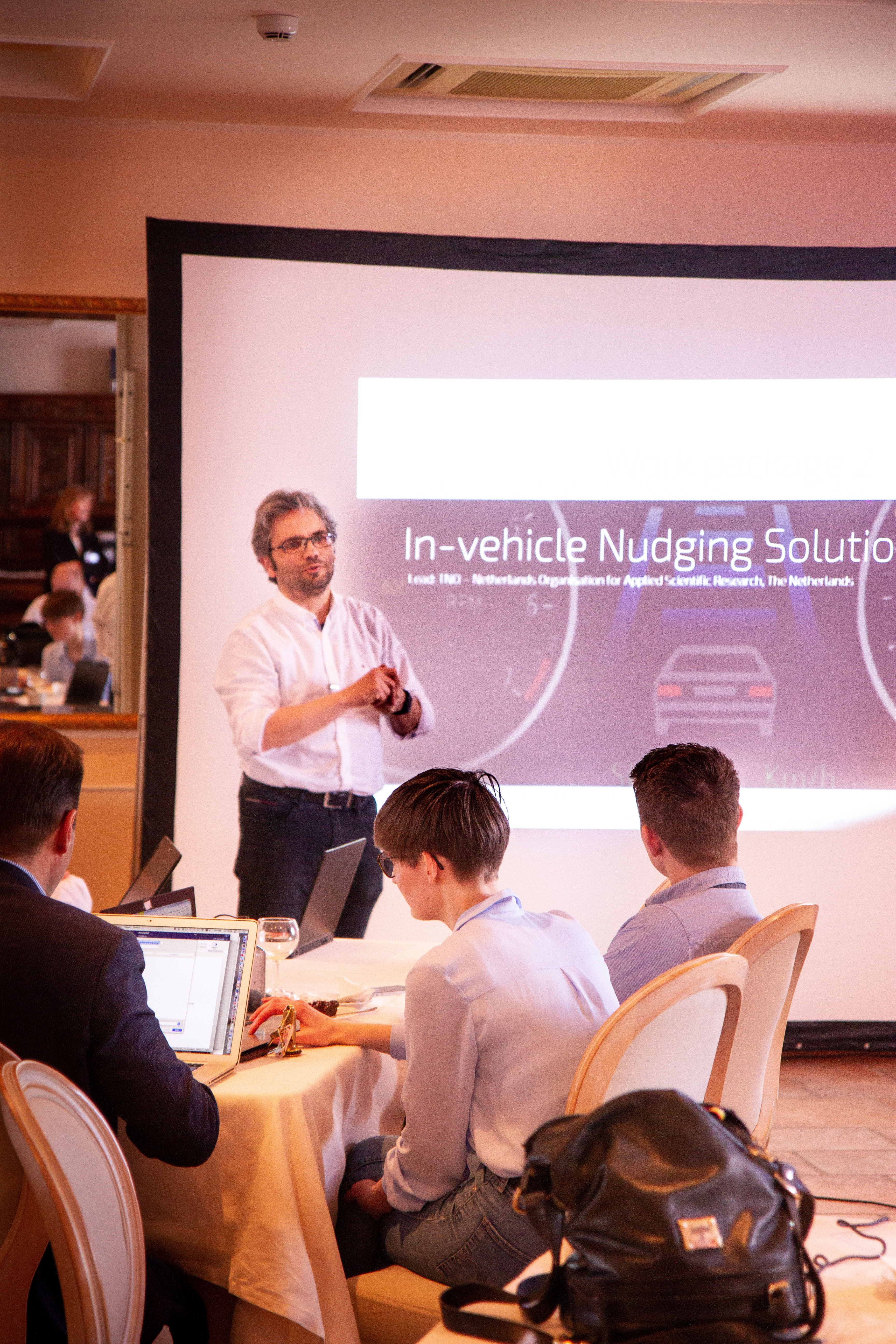
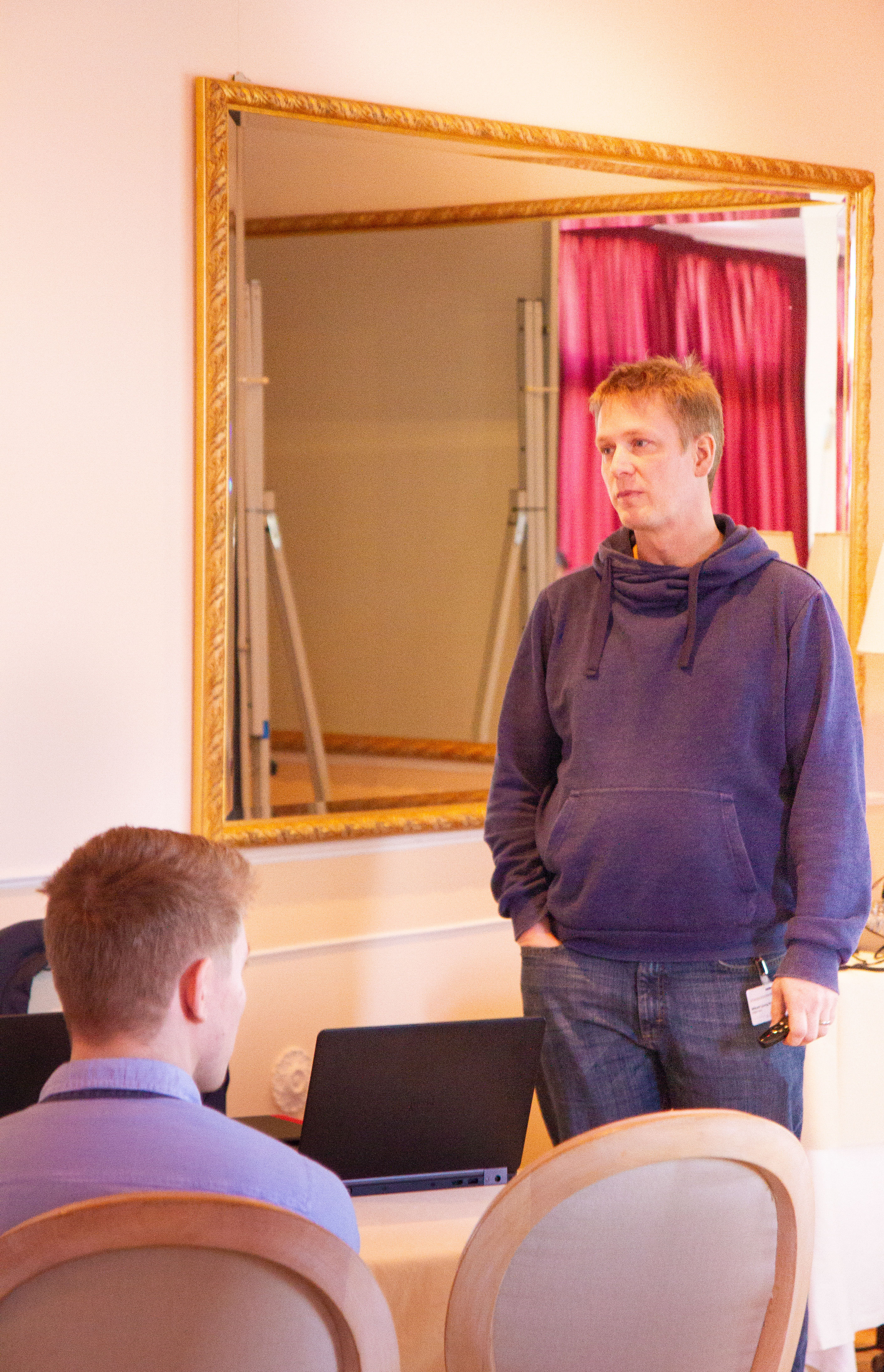
In a similar more conscious manner, Mikael Ljung Aust from Volvo Cars will also try to nudge drivers with in-vehicle solutions. Cars are now able to detect when drivers get drowsy, but the drivers must accept this fact and react. By exploring the reaction to outright rewards, starting with free cinema tickets and then working all the way down to a free coffee, they are trying to see if this highly active approach will bear fruit.
Volvo also wants to nudge drivers into using adaptive cruise control more often; either by some kind of gamification approach or by using the human desire for preserving nice patterns. However, as many drivers are never even trying to use adaptive cruise control, a bit of a coaching scheme will be brought in to turn non-users into rarely-use-users; whom then can be nudged into using the feature more frequently.
Coaching is indeed the other main measure tackled in MeBeSafe, and Saskia de Craen from Shell stepped forward to describe the coaching of truck drivers. The idea is to measure their driving performance with a mobile app, and then inform the truck drivers when time has come to book a meeting with a peer where they can coach each other. Coaching material is then provided by the app together with scores calculated from their driving behaviour. The first version of the app is up and running, but upgrades are being planned by the team. In the future, the app should ideally include even more relevant measurements and also include more positive feedback. Read more about this here.
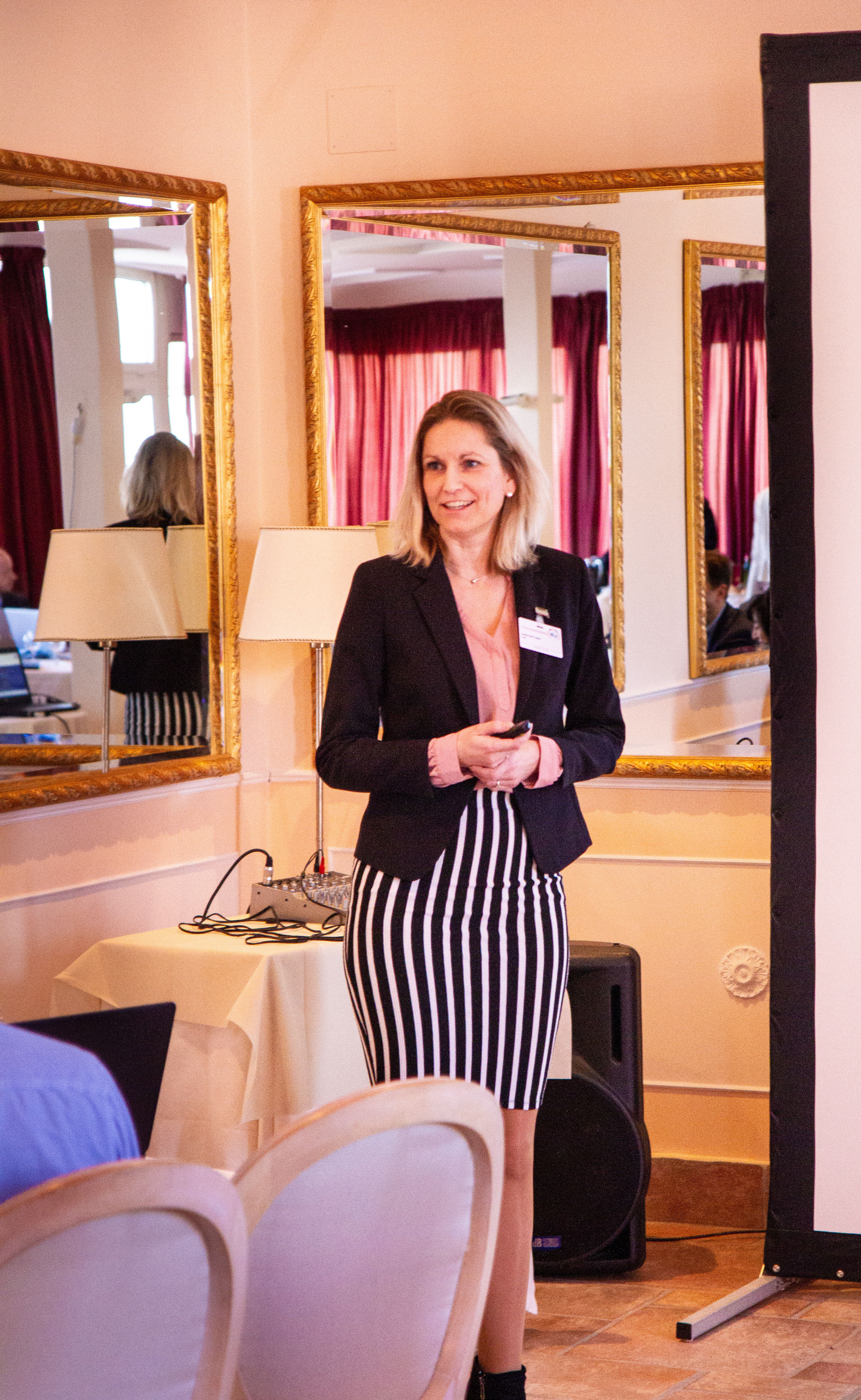
Together, these make up the main aspects of the MeBeSafe project, which is then fulfilled by a work package on Field Trial implementation and supported by communication and coordination, which all presented their work as well. It had taken two days of remarkable presentations and discussions to summarise the project in Sorrento, but it was a full and delightful summary. The summary provided in this text is undoubtedly somewhat more brief, but hopefully just as delightful.
Cheerful and full of hope, the participants left the hotel for a final Italian supper, while the last rays of the sun carefully caressed the edge of Mount Vesuvius. This was the end of the meeting, but the beginning of a new era in MeBeSafe. The era where every measure will be given its final statement.
The era of the Field Trial.
